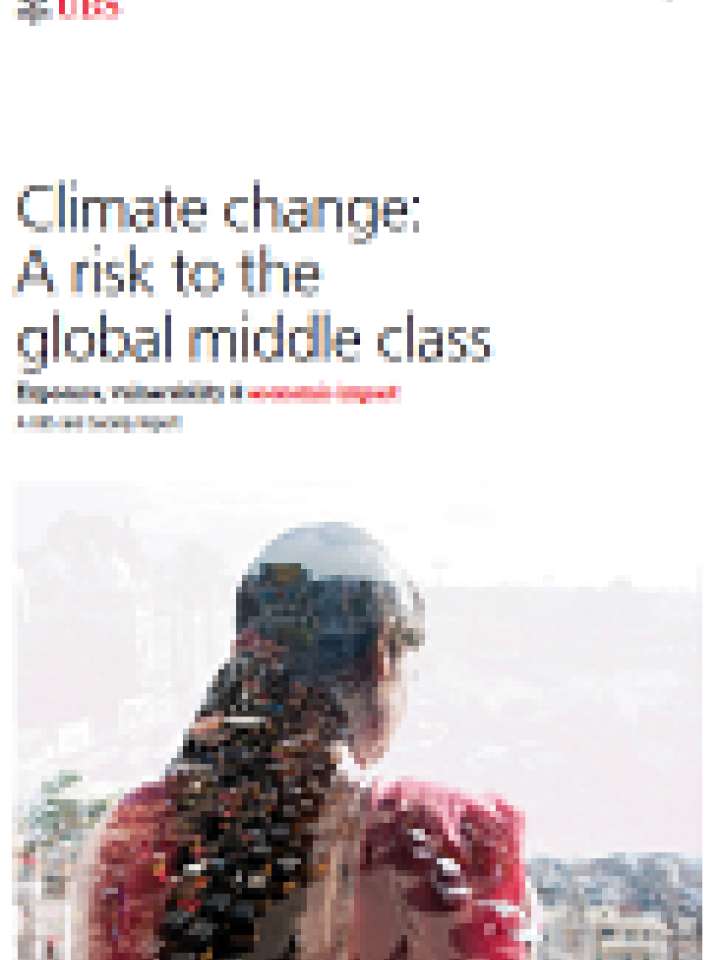Climate change: a risk to the global middle class - exposure, vulnerability & economic impact
This report measures the impact of climate change and its effects on the global middle class. It leverages the most recent scientific data on temperature-related mortality and flood risk in global cities. Using this data, combined with a bespoke database of middle-class household economic behavior, it analyses the exposure of the middle class to climate-change risk and the extent to which it is adapting. The sample referenced in this report includes 215 cities across 15 countries at different stages of economic development.
The study found that in cities most at risk from climate change, such as Los Angeles, Tokyo and Shanghai, spending priorities are noticeably different, with the middle class spending between 0.6 and 0.8 percent more on housing when compared to the respective national average. In the US, middle class residents of high climate-change risk cities spend between USD 800 and USD 1,600 more annually on housing compared to a lower risk city. To compensate, middle-class households spend proportionately less on luxuries, entertainment and durable goods.
Explore further
